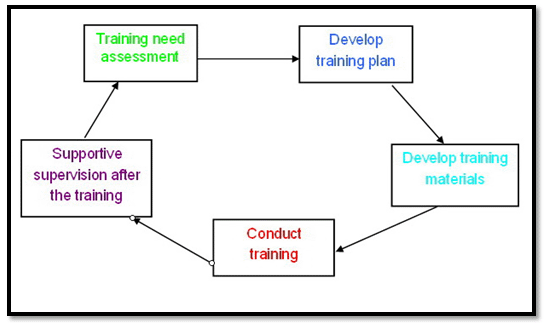Cost Benefit Analysis for Training
April 3, 2025
 Cost Benefit Analysis for Training
Cost Benefit Analysis for Training
As discussed in previous articles, it is very important to evaluate the benefits of the training and be able to put that in terms of numbers. Training comes at a cost and therefore any organisation would be interested in knowing the return on investment (ROI). Organisations use different methods to assess the benefits of training…
 Techniques for Collecting Data for Training Needs Assessment
Techniques for Collecting Data for Training Needs Assessment
The process of needs assessment happens at three stages or levels, the organisational, the job and the person or the individual. This is the basis for any needs assessment survey and remains the same more or less in all organisations around the globe. There are however many techniques for collecting the data for training need…
 Want to Make a Career as a Freelance Consultant/Trainer ? Here are Some Things to Know
Want to Make a Career as a Freelance Consultant/Trainer ? Here are Some Things to Know
The Benefits of Freelancing in Times of Job Insecurity In these times when job insecurity is rampant, and when professionals are increasingly finding their full-time jobs suddenly at the risk of downsizing and redundancies, there are many among these professionals who are considering switching to the freelancing mode. This way, they either become freelance consultants…
The success of a training program is evaluated in terms of the end result or the increase in the work ability, skill or competency in the trainee. For any training program to be successful it is very essential to follow a certain process.
The basic process as illustrated in the figure below consists of four stages which are assessment, development, delivery and evaluation.

The training intervention is essentially decided in terms of attitude, knowledge and skill (ASK), the combination of which is called as competency. The assessment also called as the ‘training needs analysis’ is undertaken at three levels, the job, the individual and organisational analysis.
Games, A/V’s, Case Studies, Class room intervention are various means that may be decided upon apart from the content delivered. For example, in behavioural training emotional intelligence, teamwork, listening are examples of competencies that are required to perform superior work. The same may be transferred into the trainees through any of the above means depending upon various factors like demographics, job nature etc which are taken care of in the first stage.
There are various factors that determine the process of delivery like the participant demographics, the training intervention, the individual style of the trainer etc. This brings in a lot of diversity to the training programs.
There are various ways in which the effectiveness of training programs can be evaluated but not many are able to answer in terms of ROI. The most effective tool for evaluation of training is the Kirk Patrick Model of Evaluation.
In order for the evaluation to be effective the both the criteria and design for training program is decided so that there is no discrepancy and the participants are able to evaluate the benefits effectively for themselves. The evaluation is made on the basis of participant reaction to the training, their learning and the change in behaviour. This feedback is then reused in the first step ‘training needs analysis’ for making future training more effective.
Your email address will not be published. Required fields are marked *